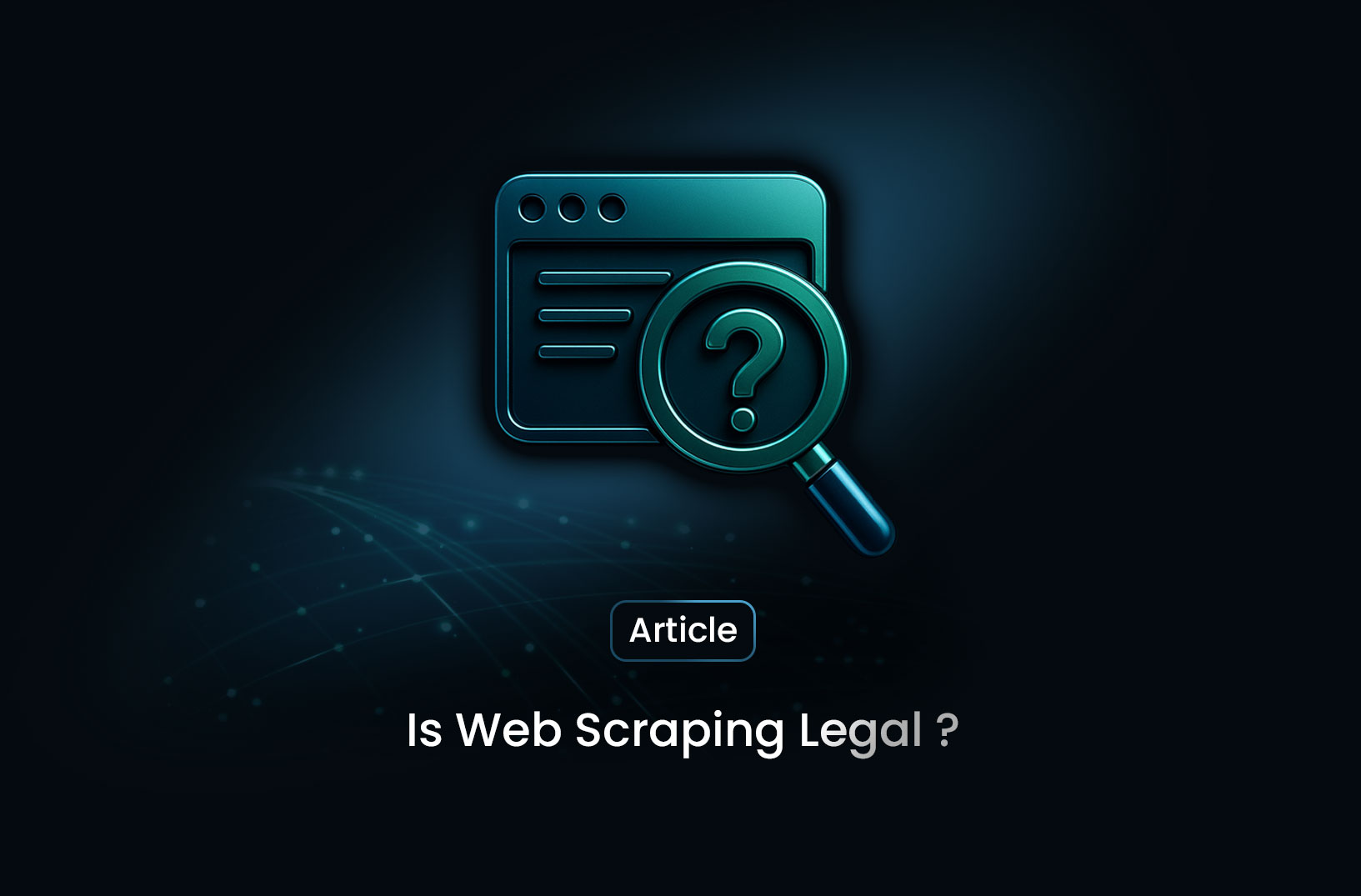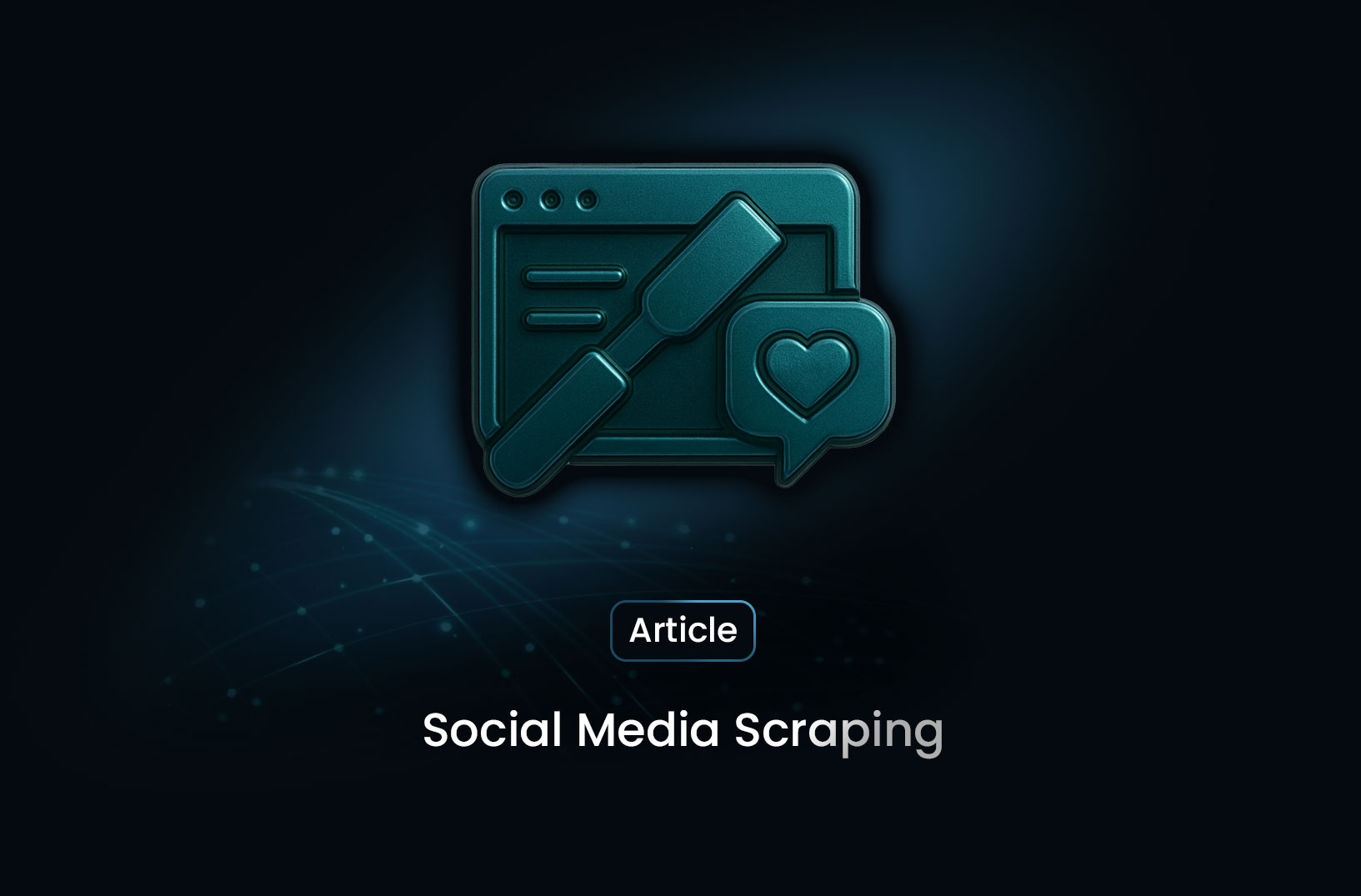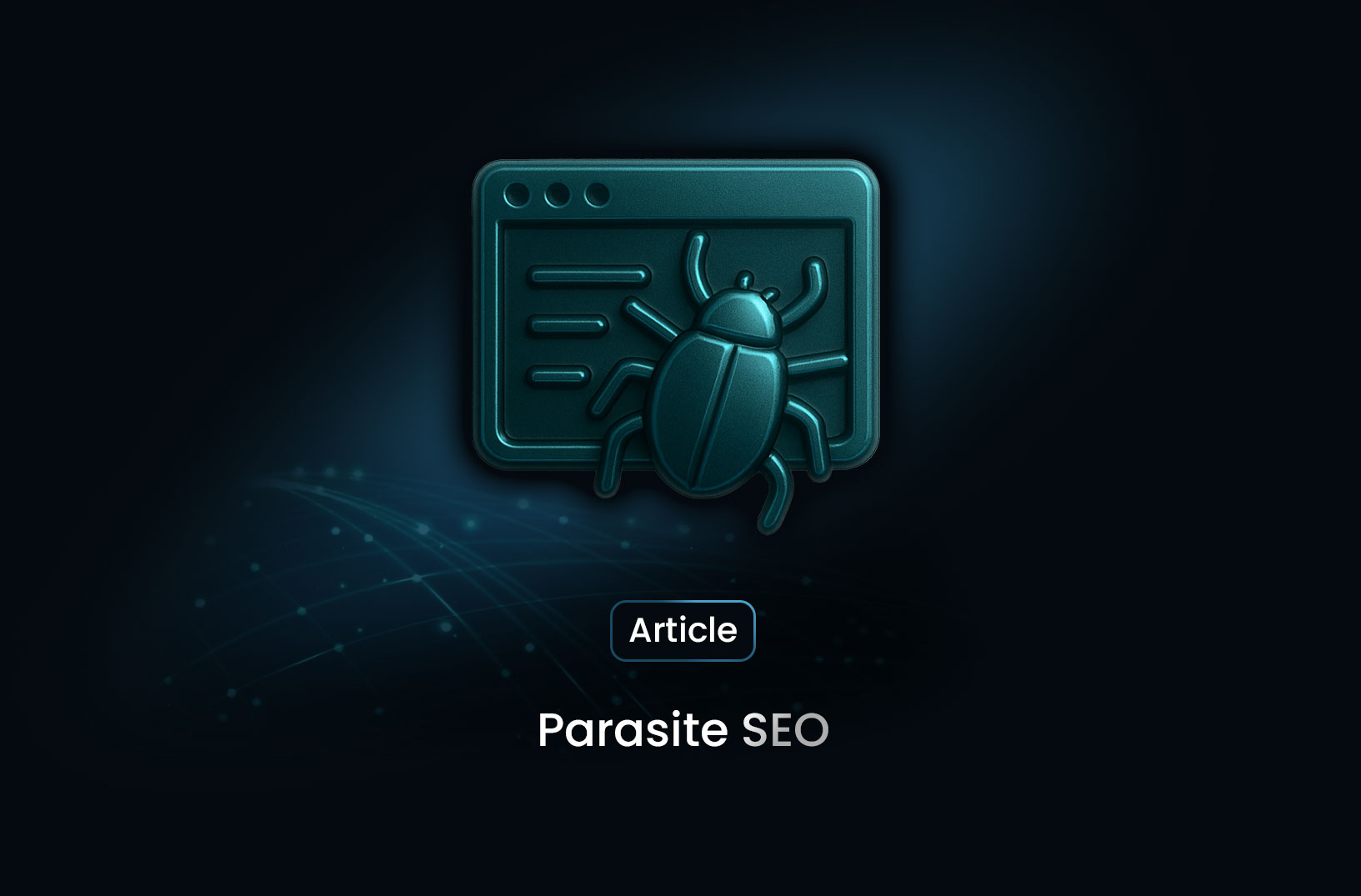Web Scraping in Python

Introduction
Web scraping in Python is one of the easiest and most effective ways to collect data from websites automatically. Instead of manually copying text, clicking through pages, or writing down information, Python can do everything for you with just a few lines of code.
Web scraping in Python allows you to fetch pages, parse content, extract valuable data, and save it in any format you need. If you need large amounts of data quickly and accurately, Python web scraping is the perfect solution.
What Is Web Scraping?
Web scraping is the automated process of extracting information from websites. When you perform web scraping in Python, your program:
- Fetches a webpage
- Reads its HTML structure
- Extracts the exact elements you want (text, tables, images, product data, etc.)
Why Use Python for Web Scraping?
Python is the most popular choice for web scraping because:
- It’s simple to write and read
- It has powerful scraping libraries
- It handles automation easily
- It works well with data analysis tools
Whether you're collecting research data, monitoring market prices, or building machine-learning datasets, web scraping in Python provides speed and accuracy.
Getting Started With Web Scraping in Python
Python is one of the easiest and most powerful languages for web scraping. It has simple syntax and plenty of libraries designed for automation.
Below are the steps to set up your environment.
1. Install Python
If you haven’t installed Python yet, download it from:
https://www.python.org/downloads/
During installation, make sure to check:
✔ “Add Python to PATH”
Confirm installation by running:
python --version
2. Set Up Your Environment
Make sure Python and pip work correctly:
pip --version
If both commands work, you're ready.
3. Install a Code Editor
You can use any editor, but VS Code is recommended because:
- It has a built-in terminal
- Great Python extensions
- Easy for beginners
Download: https://code.visualstudio.com/
Install the Python extension by Microsoft.
Choosing a Python Library for Web Scraping
Popular libraries include:
- Requests → download pages
- BeautifulSoup → parse HTML
- Playwright → handle JavaScript-heavy websites
- Selenium → browser automation (heavier)
Below are the two best options for beginners.
Option 1: BeautifulSoup (Great for Simple Websites)
BeautifulSoup is ideal when:
- The website loads normally (no heavy JavaScript)
- You need to parse HTML quickly
- You want simple, clean code
Install:
pip install requests beautifulsoup4
Basic BeautifulSoup example:
import requests
from bs4 import BeautifulSoup
url = "https://example.com"
response = requests.get(url)
soup = BeautifulSoup(response.text, "html.parser")
# Extract the first <h1> tag
title = soup.find("h1").text
print("Page title:", title)
This script:
- Downloads the webpage
- Parses the content
- Extracts the
<h1>title
Option 2: Playwright (For Dynamic Websites)
Some websites load data using JavaScript, which Requests + BeautifulSoup cannot see.
Playwright:
- Loads pages like a real browser
- Handles JavaScript
- Supports clicking, scrolling, waiting, typing
Install:
pip install playwright
playwright install
Playwright example:
from playwright.sync_api import sync_playwright
with sync_playwright() as p:
browser = p.chromium.launch()
page = browser.new_page()
page.goto("https://example.com")
print("Title:", page.title())
browser.close()
Saving Your Scraped Data
You can store scraped data in:
- CSV
- JSON
- Databases
- Google Sheets
- Excel
Example (saving CSV):
import csv
data = [["Title", "URL"],
["Example Website", "https://example.com"]]
with open("output.csv", "w", newline="") as file:
writer = csv.writer(file)
writer.writerows(data)
Tips for Better Web Scraping
- Inspect website elements using DevTools
- Avoid sending too many requests per second
- Start with simple websites
- Log errors for debugging
- Keep code modular
Conclusion
Web scraping may sound advanced, but Python makes it surprisingly easy. With tools like BeautifulSoup for simple sites and Playwright for dynamic sites, you can scrape almost any website with just a few lines of code.
Whether you're gathering research data, tracking prices, or automating tasks, web scraping in Python saves time and provides powerful insights. Once you learn the basics, you can automate almost anything on the internet.
Table of Contents
Take a Taste of Easy Scraping!
Get started now!
Step up your web scraping
Find more insights here

Is Web Scraping Legal?
Web scraping is a method used to automatically collect data from websites.But even though web scraping is common, its legal status is complicated. There is no universal rule saying web scraping is always legal or always illegal.

Social Media Scraping Strategies for Competitor and Trend Analysis
Social media scraping is the process of extracting public data from platforms like Instagram, TikTok, and X. Learn how it works, its benefits, tools, and best practices for ethical data collection.

Mastering Parasite SEO: Leveraging Big Sites for Powerful Organic Traffic
Parasite SEO is a strategy that uses high-authority websites to rank content faster on Google. Learn how it works, when to use it, and the risks involved


@MrScraper_
@MrScraper